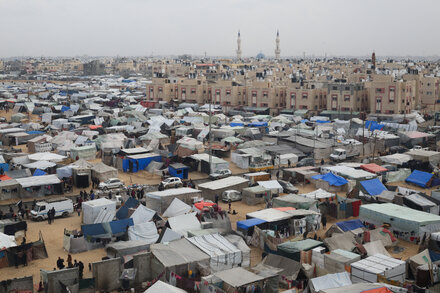In the bustling urban landscapes of cities like Shenzhen, where towering skyscrapers define the skyline, the seemingly simple act of ordering lunch delivered to one’s desk often belies a complex logistical ballet. Getting a hot meal to the 70th floor requires a sophisticated interplay of human effort, advanced technology, and intricate building protocols, transforming a casual order into a carefully orchestrated mission.
The journey begins with a tap on a smartphone screen, but for the delivery rider, it quickly becomes a race against the clock and an obstacle course of verticality. Unlike ground-level deliveries, reaching a high-floor office introduces a unique set of challenges that can significantly extend delivery times and test the efficiency of the entire system.
The Vertical Gauntlet
One of the primary hurdles is navigating the building itself. Many modern high-rises implement strict security measures, requiring delivery personnel to register, pass through turnstiles, and often wait for specific service elevators. This process, designed for tenant safety and building management, can add crucial minutes to an already time-sensitive delivery.
“It’s not just about speed on the street; it’s about navigating a maze once you’re inside,” explains Li Wei, a veteran food delivery rider in Shenzhen. “Sometimes you’re queuing for the service elevator, sometimes you need to ask for a temporary pass. Every building is a little different, and those minutes add up quickly when customers are on their lunch break.”
Elevator congestion is another significant factor. During peak lunch hours, waiting for a lift that services the higher floors can be a time-consuming endeavor. Delivery platforms often utilize sophisticated algorithms that factor in building layouts, average elevator wait times, and security protocols to provide estimated delivery windows, but real-world variables can still lead to delays.
Human Effort and Technology
The physical demands on riders are also considerable. Beyond navigating traffic and urban environments, they must carry multiple orders, often in insulated bags, through large lobbies and up to their designated floors. This requires not just speed but also stamina and a keen understanding of building logistics.
To mitigate these challenges, technology plays a crucial role. Delivery apps provide precise location tracking, allowing customers to monitor their order’s progress and communicate directly with riders. Some advanced building management systems are even exploring integration with delivery platforms to streamline access for verified personnel, potentially offering designated delivery points or pre-approved entry for known riders.
A building manager in a prominent Shenzhen financial district, who wished to remain anonymous, noted, “We’re constantly balancing tenant security with the undeniable demand for convenience. Protocols are in place, but we’re always looking at how technology can make the process smoother for everyone without compromising safety.”
Ultimately, the seamless delivery of a meal to the 70th floor is a testament to the evolving urban logistics ecosystem. It showcases the intricate coordination between dispatch systems, human adaptability, and the physical infrastructure of a hyper-modern city, all working in concert to satisfy the demand for instant gratification in an increasingly vertical world.
Source: Read the original article here.





